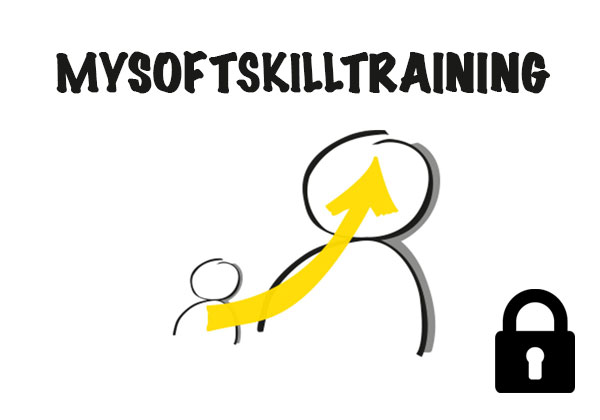CRITICIZE Correctly.
1. Criticism needs permission.
Looking away for a long time and then exploding – not a good solution. A good leader can do both: PRAISE and CRITICIZE correctly. As a leader, you must guide and direct. This includes correcting deviations from guidelines and misconduct. But beware! There is a great danger of hurting your counterpart and losing them permanently.
Before entering into a constructive criticism conversation,the first step is to check your own mood.If you feel emotions like anger, strong affect, or powerlessness within yourself, then simply STOP – not now! The risk to your relationship is too great. You would provoke your counterpart to justify themselves, fight back, or give in.
Do you give yourself permission for a criticism conversation? Do you feel that your counterpart is open to your criticism – do you get permission?
– CRITICIZE Correctly


CRITICIZE Correctly.
2. The dosage makes the difference.
“I felt like I was being buried under an avalanche. I thought I could handle criticism – but that was just too much for me.”
If such thoughts occur to you, then you either shut down or start fighting back. By becoming a victim, you deny yourself the legitimacy to defend. Your counter-attack then makes YOU the perpetrator.
If I catch myself unleashing criticism like an avalanche, I need to go back to Step 1: I check what emotional state I’m in. When in doubt, STOP!
Criticism should happen promptly and timely, so that both parties still remember the situation well.
Criticism always comes from a personal perspective. From my individual point of view, I have my impression. If I remain open to another perspective, I can ensure that the ultimate goal remains:
Strengthening our relationship.
Effective criticism avoids absolute judgments – it asks questions. We exchange perspectives. We have different viewpoints. Another viewpoint may be quite interesting and open up new possibilities that I couldn’t see from my own perspective.
In training, this is easier – but the feelings are just as real.
– CRITICIZE Correctly
CRITICIZE Correctly.
3. Give and Receive.
“I was satisfied with my work. However, my counterpart found fault with everything. It was never enough. Everything could have been better. This pushed me beyond my limits. Limits that were crossed in my childhood, bringing me into an emotional state like a lightning bolt.”
I didn’t realize the parallel to my childhood trauma in this situation, of course. The adrenaline in my blood prevented me from having a clear view of the matter.
In hindsight, through criticism of my work, the best product I have ever developed in my life emerged. And it was only years later that I learned to be grateful to the “annoying” critic for that.
Accepting criticism is often not easy. A good criticism conversation happens on equal footing. “I’m already good – but there’s always room to learn.” With this attitude, criticism falls on fertile ground. Even when my counterpart expresses criticism emotionally and unskilfully.
Only natural talents can give and take criticism right away – “normal” people need practice.
– CRITICIZE Correctly

Book your training now:
Learning to CRITICIZE Correctly requires practice.
It begins with your understanding and acceptance of a methodology.
Success follows when you can apply it daily. This requires repetition. We can train you in this. Accompanying people in their progress is a fulfilling task for us.
For training in case studies, nature has given us a gift: we humans cannot pretend. A simulated situation feels real subconsciously. Our emotions during training are the same as in a real situation. Successful top athletes are aware of this effect.
The most effective feedback comes from yourself. We provide you with guidance and ensure a safe environment for this.
Empowering people is our passion. There is no task more fulfilling than supporting people in their personal development.



